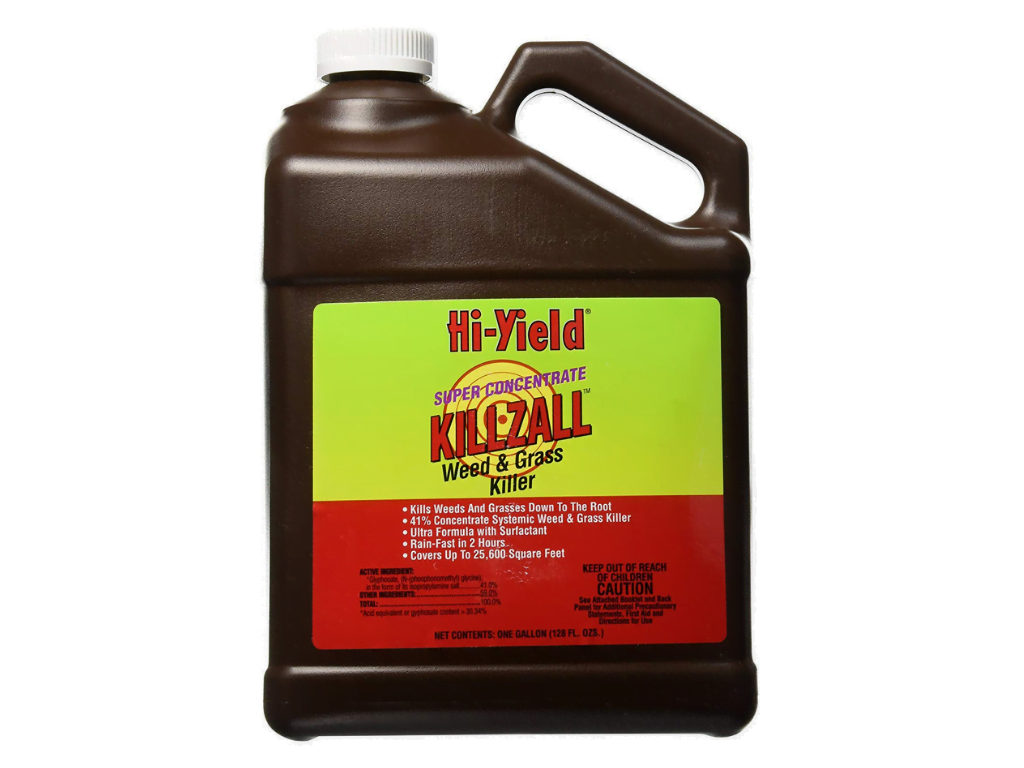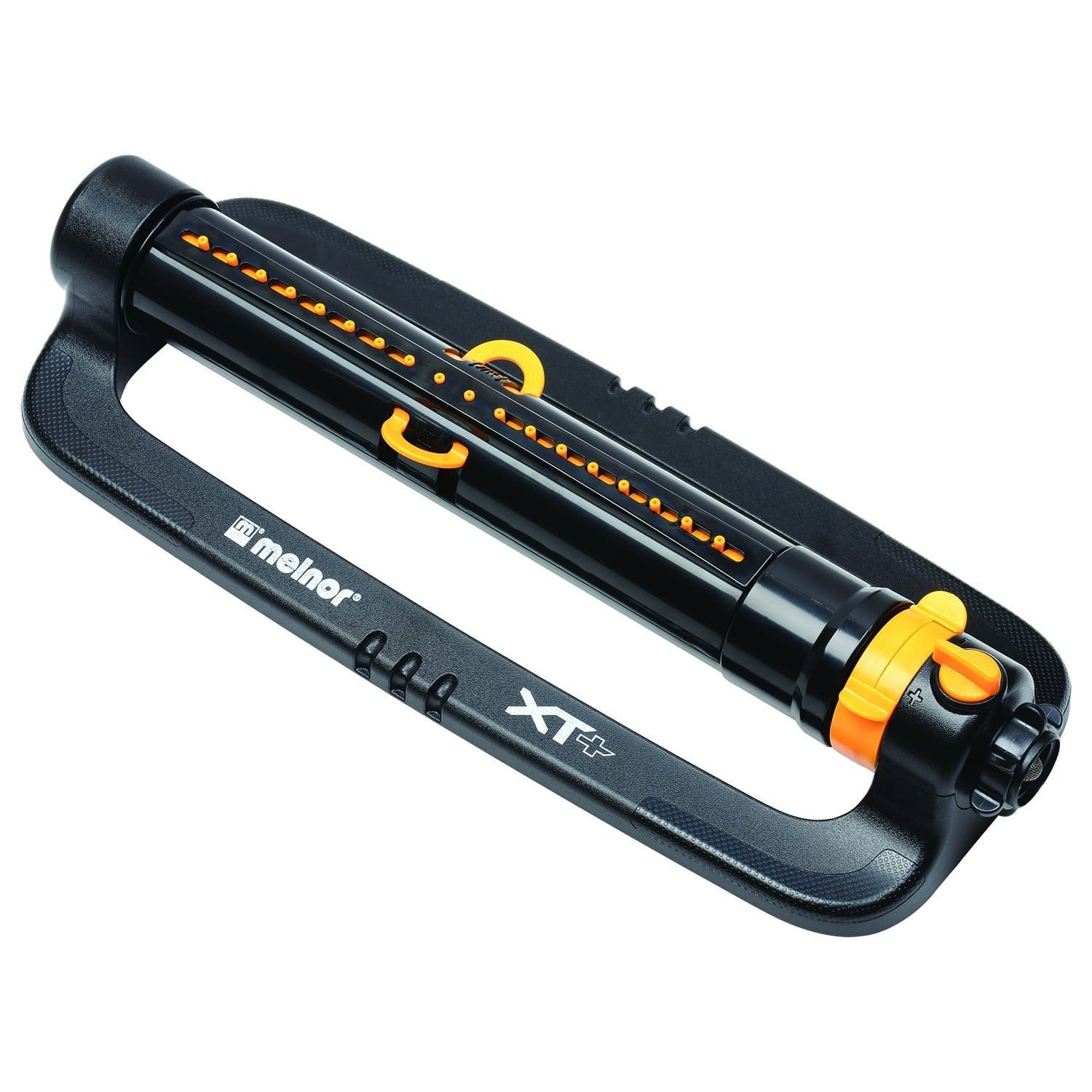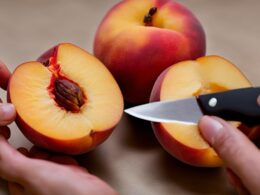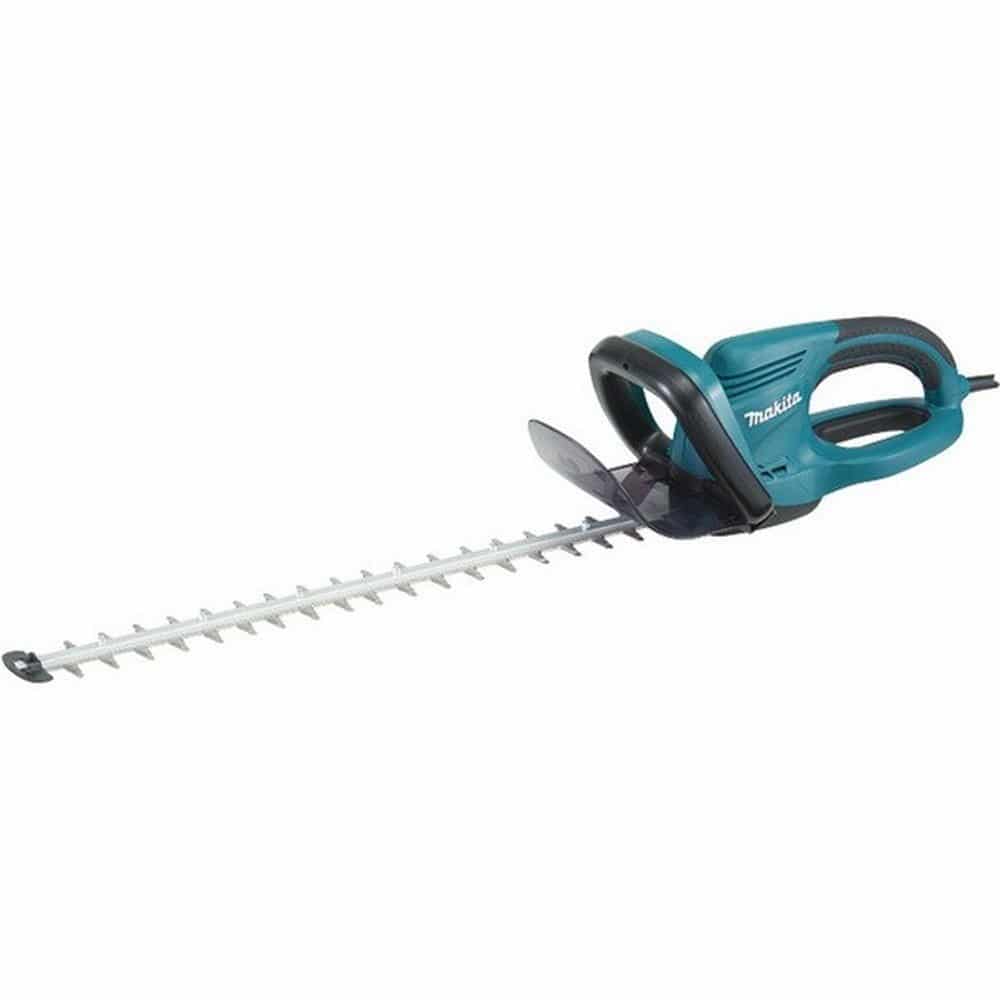If you have pine trees on your property, you know how important it is to care for them properly. One essential aspect of pine tree care is fertilization. Fertilizing pine trees helps maintain their health and promotes optimal growth. In this article, we will explore the best practices for fertilizing pine trees to ensure their longevity and vitality.
Before we dive into the details of fertilization, it’s crucial to understand why it’s essential. Pine trees, like any other plant, require nutrients to thrive. However, their specific nutrient needs differ from other trees. Therefore, fertilizing pine trees with the right fertilizer is crucial for their overall well-being.
When it comes to fertilizing pine trees, there are a few key steps to follow. First, it’s important to perform a soil analysis to determine the nutrient levels and pH balance in the soil. This analysis will help you choose the appropriate fertilizer and ensure that your pine trees get all the necessary nutrients they need.
Next, you need to select the best fertilizer for pine trees. Look for a balanced fertilizer with a suitable N-P-K ratio, such as 10-10-10 or 14-14-14. These ratios provide a good mix of nitrogen, phosphorus, and potassium, which are essential for pine tree growth.
Once you have chosen the right fertilizer, it’s important to spread it evenly around the drip line of the tree. Avoid piling the fertilizer near the trunk, as it can cause root burn. After spreading the fertilizer, make sure to water the area thoroughly. This will help the nutrients penetrate the soil and reach the tree’s roots.
The timing of fertilization is also crucial for pine trees. The best time to fertilize pine trees is in the spring and fall. Fertilizing in the spring promotes new growth, while fall fertilization prepares the trees for the harsh winter conditions.
By following these steps and using the best fertilizer for pine trees, you can ensure that your trees remain healthy and vibrant. However, it’s always a good idea to consult with a certified arborist who can provide personalized advice and guidance based on your specific tree’s needs.
How to Fertilize Pine Trees
Properly fertilizing pine trees is essential for their growth and overall health. To ensure optimal results, follow these steps:
Perform a Soil Analysis
- Begin by conducting a soil analysis to determine the pH level and nutrient composition of the soil surrounding your pine trees. This analysis will help you understand the specific nutrient requirements of your trees.
- Use a soil testing kit or consult a professional to obtain accurate results. Adjusting the soil pH and nutrient levels will allow you to select the appropriate fertilizer.
Choose the Right Fertilizer
- Once you have the soil analysis results, select a balanced and slow-release fertilizer. Look for options that provide essential macronutrients such as nitrogen, phosphorus, and potassium.
- Avoid using fertilizers with high nitrogen content, as this can promote excessive foliage growth at the expense of root development.
Timing of Pine Tree Fertilization
- The best time to fertilize pine trees is in the spring and fall. Spring fertilization promotes new growth, while fall fertilization helps fortify the trees for harsh winter conditions.
- Ensure you follow the recommended application rates and guidelines provided by the fertilizer manufacturer. Over-fertilizing can harm the trees and the surrounding environment.
Application and Watering
- Spread the fertilizer evenly within the tree’s drip line, keeping it away from the trunk to prevent root damage. The drip line refers to the area directly below the outermost branches of the tree.
- After applying the fertilizer, water the area thoroughly to aid in nutrient penetration. This will ensure the fertilizer reaches the tree’s roots where it’s needed most.
By following these guidelines, you’ll be able to fertilize your pine trees effectively, providing them with the necessary nutrients for healthy growth and longevity.
Can Elm Trees Fertilize the Soil for Pine Trees?
Elm trees as firewood properties can contribute to soil fertility for pine trees. The nutrient-rich ashes and organic matter left behind after burning elm wood can enrich the soil, providing essential elements for the growth of neighboring pine trees. This natural fertilization process can benefit the overall health and vitality of the pine grove.
Best Fertilizer and Tips for Pine Trees
When it comes to fertilizing your pine trees, using the best fertilizer is essential for their health and vigor. Look for a fertilizer with a balanced N-P-K ratio, such as 10-10-10 or 14-14-14. These ratios provide the necessary nutrients for your pine trees without encouraging excessive foliage growth at the expense of root development.
In addition to choosing the right fertilizer, there are a few more tips to keep in mind. First, avoid applying excessive amounts of fertilizer, as this can lead to nutrient imbalances and potentially harm the trees. It’s important to follow the recommended application rates provided by the fertilizer manufacturer.
Another tip is to use mulch wisely around your pine trees. Applying a layer of organic mulch, such as wood chips or pine straw, helps retain moisture in the soil and reduce weed competition. However, make sure not to pile the mulch directly against the base of the tree, as this can create a favorable environment for pests and diseases.
Consider using organic fertilizers, such as compost or well-rotted manure, to nourish your pine trees. These natural alternatives provide a slow release of nutrients over time and improve soil health. Remember to adjust your fertilization practices as your trees mature and consult with a certified arborist for personalized advice based on your specific location and tree conditions.









